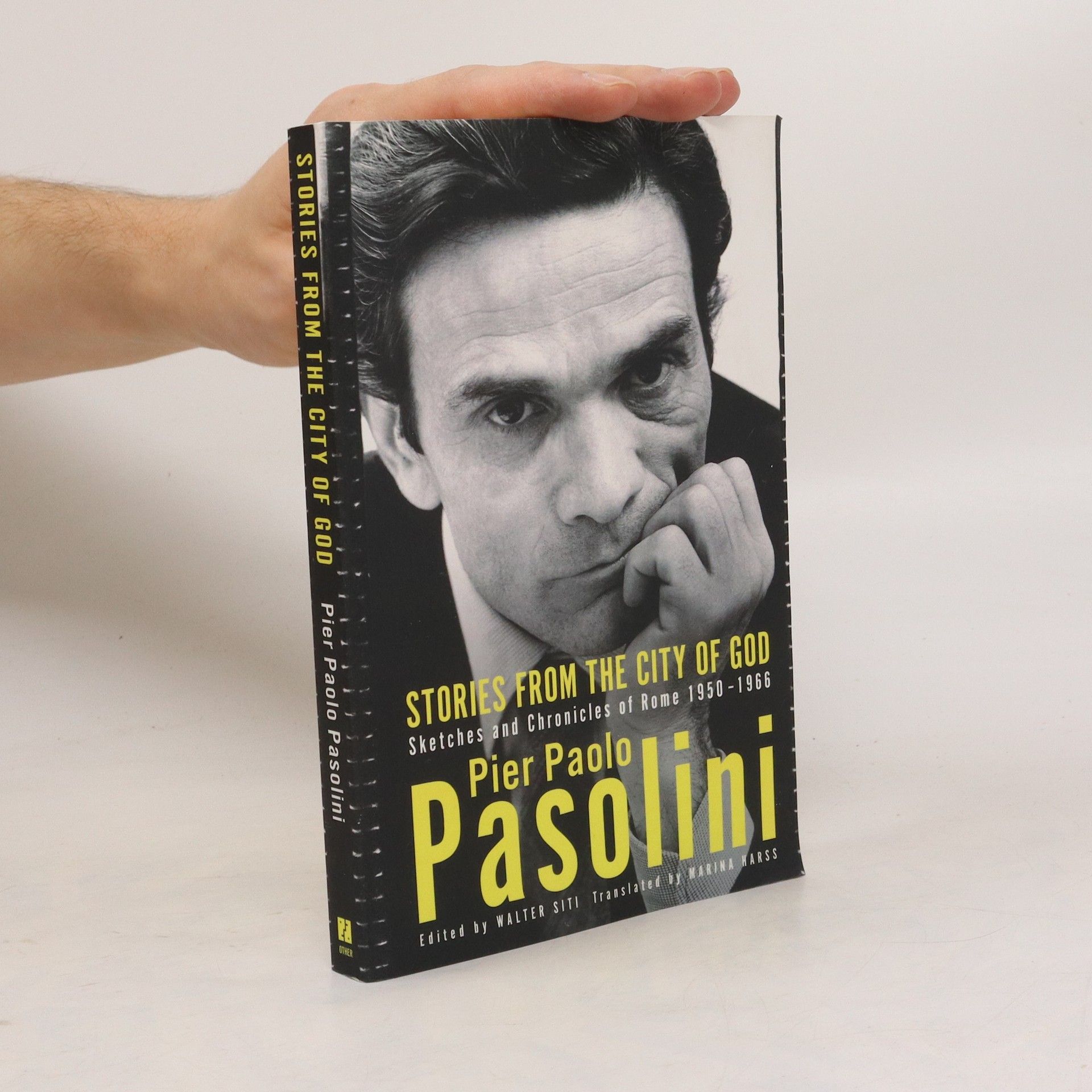Dialoge mit Pasolini
- 240 pages
- 9 hours of reading
Von 1960 bis 1965 beantwortet Pier Paolo Pasolini – kontroverser Autor von »Ragazzi di Vita«, angehender Filmemacher und Lieblingsfeind der Konservativen – Briefe seiner Leserinnen und Leser. Die Rubrik »Dialog mit Pasolini« in der linken Wochenzeitschrift ›Vie nuove‹ sammelt unterschiedlichste Stimmen aus ganz Italien: kalabrische Kommunisten und Bergarbeiter aus Grosseto, bürgerliche D’Annunzio-Verehrer und immer wieder junge Menschen, die mit ihren politischen Überzeugungen und denen der anderen ringen. Sie bitten um Rat, Wahlempfehlungen oder literarische Urteile, stellen Fragen zu Sexualität oder zum Erbe des Faschismus; manche äußern heftige Kritik an Pasolinis Werken, andere loben ihn ausdrücklich. Die Briefeschreiber erzählen von sich selbst, ihrer Arbeit, ihren Ängsten. Und Pasolini erwidert: leidenschaftlich, persönlich, mit aller Hoffnung auf die Jugend. Durch dieses einzigartige Archiv populärer Rede – hier erstmals ins Deutsche übersetzt – entsteht das facettenreiche Bild einer enorm politisierten italienischen Nachkriegsgesellschaft: zwischen Wirtschaftsaufschwung und Massenprotest, Konformismus und Bildungshunger, industrialisiertem Norden und vergessenem Süden.





